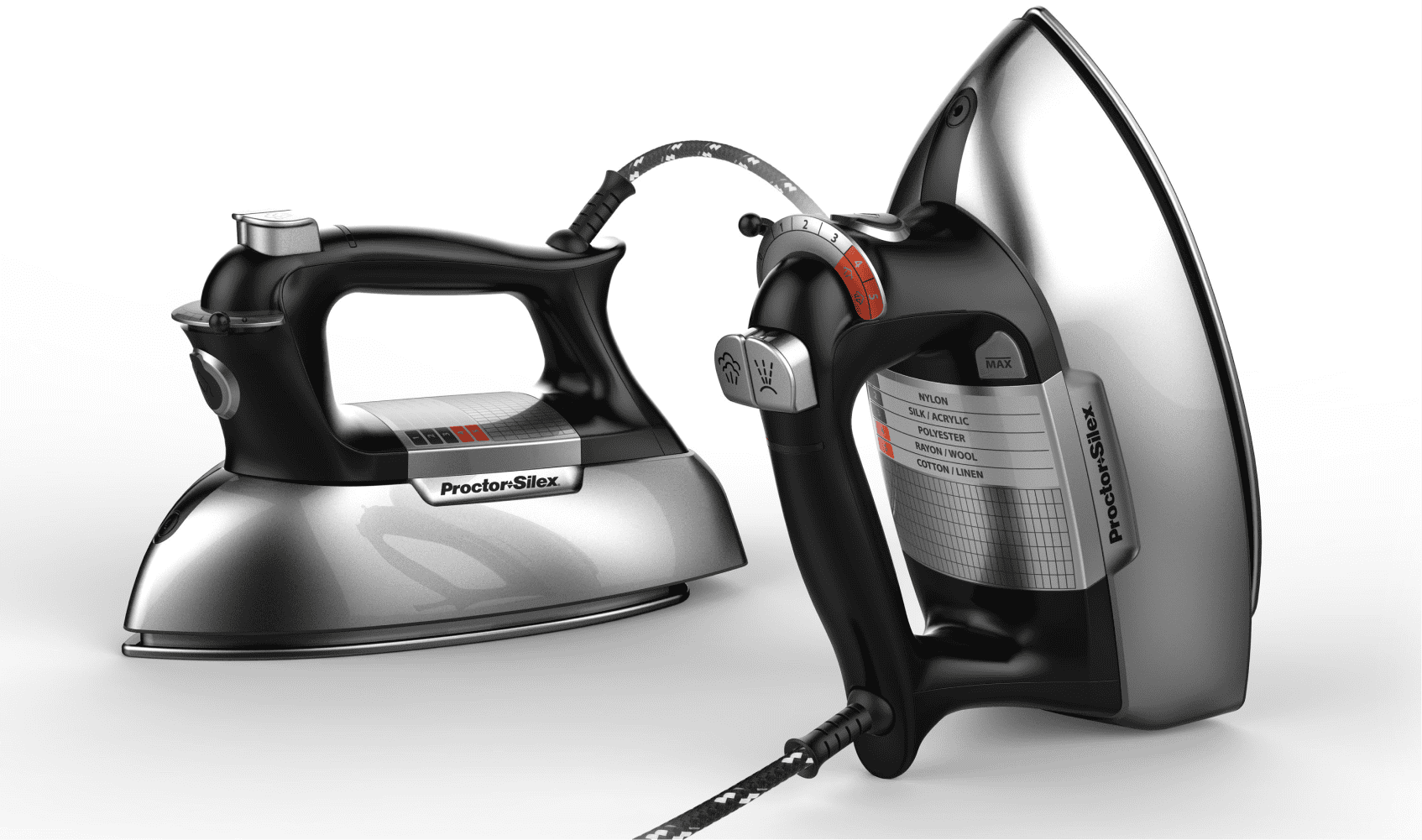When it comes to product design, purchase decisions and consumer behaviors can be greatly influenced by aesthetics. A product’s visual appeal is what ultimately inspires the end-user to try the product in the first place. So while technology and engineering are vital pieces of the development process, how the product is designed aesthetically should also be incorporated into your strategy. From driving brand loyalty to communicating functionality, here’s a look at how aesthetics impact the CHOI Design Group team’s product design process.
The Customer Experience
There’s a variety of touchpoints to consider in regards to a consumer’s experience with a particular product – like the initial moment of interaction or the different environments in which it can be utilized. One product could convey different meanings to different individuals – all simply based on context.
To properly incorporate aesthetics into product design, your consumer base’s thoughts, actions, motivations and feelings should be explored and capitalized on.
Why? Because throughout the customer journey, you want your product to include the right visuals to move consumers through the purchase process. Aesthetics have the power to inspire someone to explore a new product, and can even provide insight on the safe and appropriate way to operate a particular device.
Engagement & Understanding of a Product
Consumers aren’t naturally drawn to the unfamiliar. However, when aesthetics are correctly employed, it can compel customers to engage with something new by helping foster an emotional connection. This, in turn, can propel the widespread adoption of innovative product design.
Take a product’s color palette, for instance. 85% of shoppers revealed that color is one of their main motivating factors when buying a product. In other words, something that conceptually may seem insignificant, such as color, can massively impact a consumer’s decision to purchase.
In a similar vein, how your product looks aesthetically can drive consumer understanding of how the product is used, where it originated from, how it’s built, where it goes and more. From a subtle curve in the design that guides a customer’s hand to a specific location, to the surface textures that provide clues to important features, aesthetics play a pivotal role in driving overall understanding.
Emotional Drive & Loyalty
Aesthetics should be used to evoke an emotional reaction from an end-user when they encounter a product for the first time. The best product design is one that can connect with consumers and elicit a particular feeling. After all, consumers tend to buy products that cause them to feel joy or help them achieve a certain image of themselves. Successful products are the ones that use structure, space and design to reflect different values and personality traits that customers can forge a connection with.
Small pleasantries – like a clever and convenient pocket stitched in an unexpected place or sculpted finger grips to provide ease of use – are crucial to instilling a sense of delight and loyalty. It’s a very similar concept to playing slots at a casino. When the end-user receives small surprises and rewards over time, it’ll entice them to keep coming back for more. The same philosophy applies to product design. Incorporating aesthetics that’ll create moments of gratification is an effective way to drive brand loyalty and grow your consumer base.
Gain a Competitive Edge
Aesthetics in product design is similar to the emphasis people place on their own visual appearance. From how we elect to dress to how we cut and style our hair, these are conscious decisions people make to elicit a certain reaction – whether that be impressing someone or making someone feel comfortable. The same thought process should be applied to product design. How your product looks aesthetically can make a consumer stop and interact with it instead of passing over it without a second glance.
Companies competing in the same landscape often aren’t separating themselves based on pricing. Instead, it comes down to factors like ergonomics, aesthetics, and the overall consumer experience. When approaching product design, it’s imperative to consider your business objectives and target audience, as both these factors will ultimately influence your aesthetic approach.
Contact us today to learn more about how the award-winning CHOI Design Group team of designers, engineers, and researchers can help ensure your product design is set up for success.
